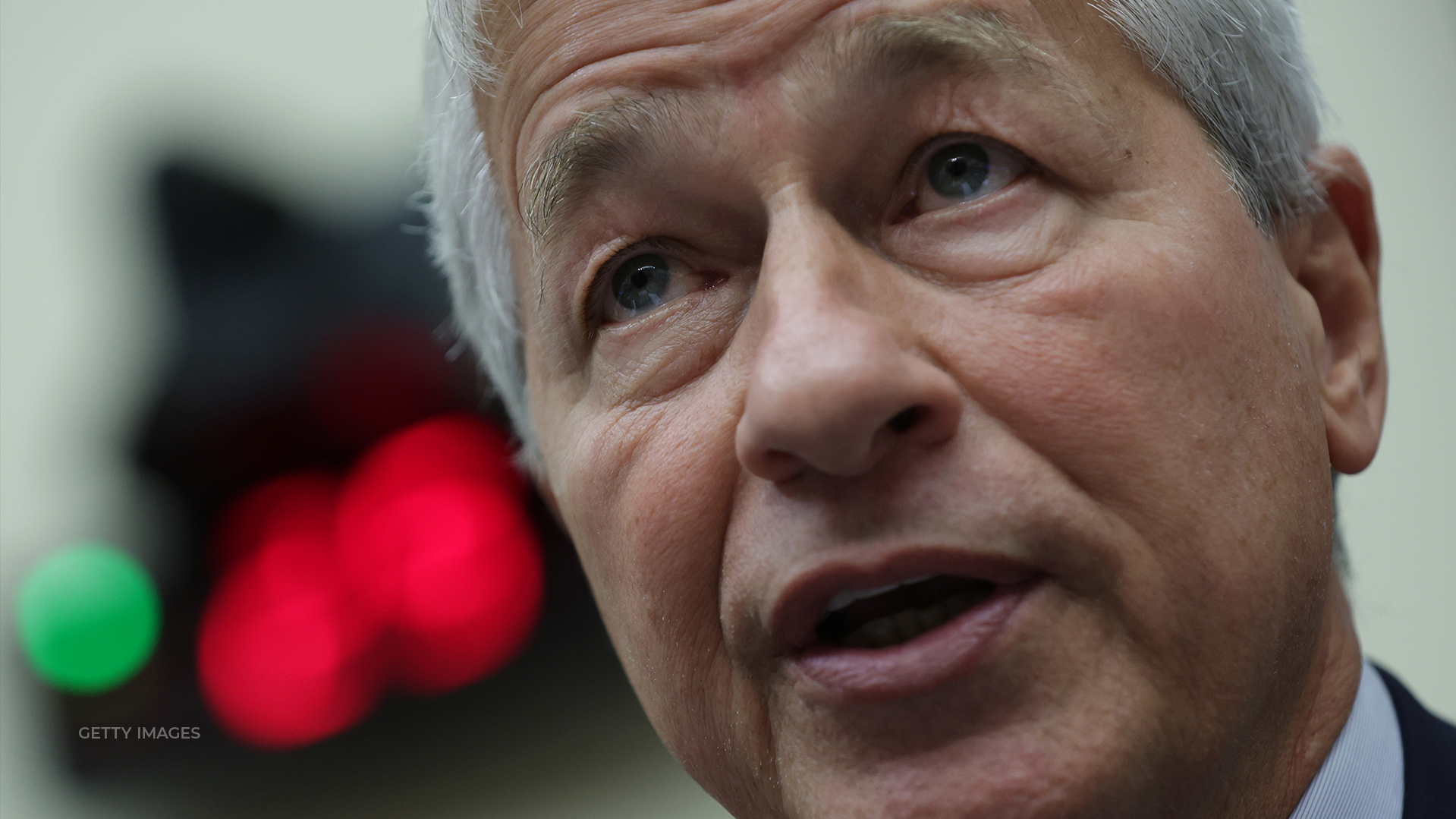
THE CEO OF THE LARGEST BANK IN THE U-S IS WARNING THE GOVERNMENT TO “AVOID KNEE-JERK, WHACK-A-MOLE OR POLITICALLY MOTIVATED RESPONSES” TO THE LATEST BANK FAILURES.
IN HIS ANNUAL LETTER, JPMORGAN CHASE CEO JAMIE DIMON SAID THE LATEST BANKING RISKS WERE “HIDING IN PLAIN SIGHT.” SAYING “THIS WASN’T THE FINEST HOUR FOR MANY PLAYERS,” FROM THE BANKS THAT FAILED TO HEDGE INTEREST RATE RISK TO THE FEDERAL RESERVE.
HE ADDED THE CURRENT CRISIS IS NOT YET OVER AND THAT THERE WILL BE REPERCUSSIONS FOR YEARS TO COME. BUT THAT IT’S NOTHING LIKE WHAT HAPPENED IN 2008.
IT’S THE FIRST TIME DIMON HAS COMMENTED PUBLICLY ABOUT THE CRISIS. OVER THE PAST MONTH HE’S BEEN MEETING BEHIND THE SCENES WITH REGULATORS AND OTHER BANK CEOS.
HE ALSO LED EFFORTS TO STABILIZE FIRST REPUBLIC BANK FROM COLLAPSE – WHICH INCLUDED POOLING TOGETHER A $30 BILLION DOLLAR LIFELINE TO THE BANK.
DIMON WARNED THAT THE DEBATE MOVING FORWARD SHOULD NOT ALWAYS BE ABOUT MORE OR LESS REGULATION, BUT ABOUT WHAT MIX OF REGULATIONS WILL KEEP AMERICA’S BANKING SYSTEM ON TOP.
AND WE KNOW HE HAS THE EAR OF SOME OF WASHINGTON’S MOST POWERFUL.










